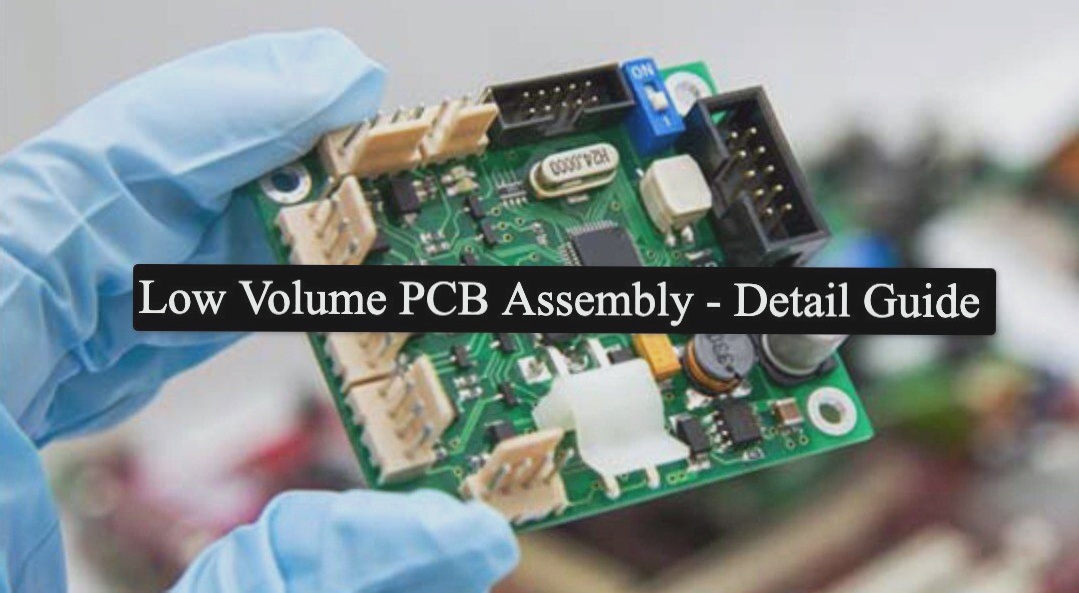The price of a PCB is often a source of confusion for many buyers. People often wonder about the calculation of these prices when placing orders online. Let’s delve into the components that make up the price of a PCB.

The diversity in PCB prices is primarily influenced by various factors such as the materials used, surface treatment processes, complexity of the PCB design, thickness of copper foil, customer quality acceptance criteria, mold fees, testing fees, payment methods, order quantity, and delivery time.
1. The materials used in PCBs, such as sheet materials and solder mask inks, contribute to price diversity. Different materials and thicknesses can significantly impact the overall cost of the PCB.
2. Surface treatment processes, including OSP, tin spray, gold plating, and immersion gold, also affect prices. These processes can vary in cost depending on the complexity of the treatment.
3. The difficulty of the PCB design, such as the number and size of holes, line width, line spacing, and special features like half-holes or blind holes, can increase production costs. Designs that deviate from standard processes may require additional expenses.
4. The thickness of copper foil, ranging from 18um to 140um, can impact prices. Thicker copper foils tend to be more expensive due to the materials used.
5. Customer quality acceptance criteria, such as IPC standards or military specifications, can influence prices. Higher quality standards often result in higher costs.
6. Mold fees and testing fees are additional factors that can affect prices. Mold fees for large quantities and testing fees for prototypes and batches can add to the overall cost of PCB production.
7. Different payment methods, such as cash payments, can lead to price variations. Shorter payment methods may result in lower prices.
8. Order quantity and delivery time also play a role in pricing. Smaller quantities and shorter delivery times can increase costs as the manufacturer still needs to invest time and resources into production.
In conclusion, the diversity in PCB processing prices is influenced by a combination of these factors. It is important to consider all these elements when estimating the cost of PCB production. It is recommended to directly consult with manufacturers for specific pricing details.

The diversity in PCB prices is primarily influenced by various factors such as the materials used, surface treatment processes, complexity of the PCB design, thickness of copper foil, customer quality acceptance criteria, mold fees, testing fees, payment methods, order quantity, and delivery time.
1. The materials used in PCBs, such as sheet materials and solder mask inks, contribute to price diversity. Different materials and thicknesses can significantly impact the overall cost of the PCB.
2. Surface treatment processes, including OSP, tin spray, gold plating, and immersion gold, also affect prices. These processes can vary in cost depending on the complexity of the treatment.
3. The difficulty of the PCB design, such as the number and size of holes, line width, line spacing, and special features like half-holes or blind holes, can increase production costs. Designs that deviate from standard processes may require additional expenses.
4. The thickness of copper foil, ranging from 18um to 140um, can impact prices. Thicker copper foils tend to be more expensive due to the materials used.
5. Customer quality acceptance criteria, such as IPC standards or military specifications, can influence prices. Higher quality standards often result in higher costs.
6. Mold fees and testing fees are additional factors that can affect prices. Mold fees for large quantities and testing fees for prototypes and batches can add to the overall cost of PCB production.
7. Different payment methods, such as cash payments, can lead to price variations. Shorter payment methods may result in lower prices.
8. Order quantity and delivery time also play a role in pricing. Smaller quantities and shorter delivery times can increase costs as the manufacturer still needs to invest time and resources into production.
In conclusion, the diversity in PCB processing prices is influenced by a combination of these factors. It is important to consider all these elements when estimating the cost of PCB production. It is recommended to directly consult with manufacturers for specific pricing details.


